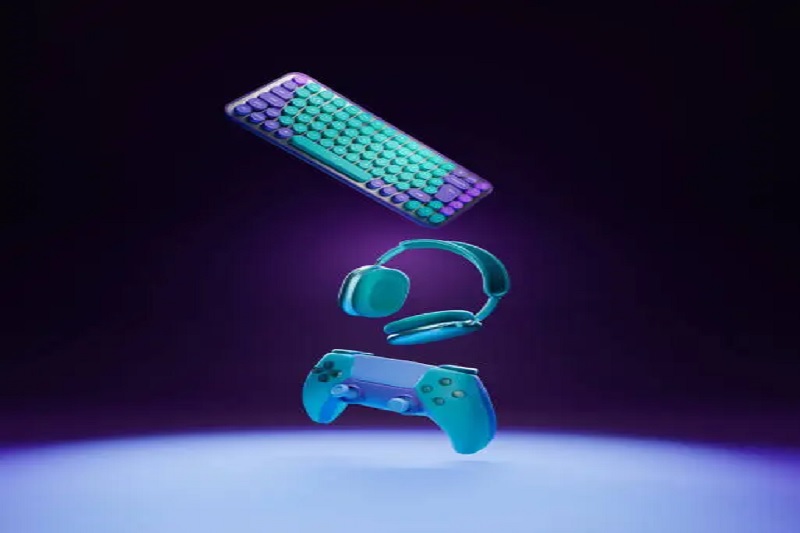Esports tournament peripherals have a big contribution in the development and growth of the esports industry. Professional players and esports organizations now understand the importance of investing in top-tier gaming gear to maximize their performance.
In recent years, the world of esports has witnessed a meteoric rise in popularity and recognition, captivating millions of enthusiasts worldwide. Esports tournaments have become grand spectacles, attracting both players and spectators alike.
The growth of the esports industry has given birth to a demand for specialized gaming peripherals, which play a crucial role in enhancing player performance and ensuring a level playing field.

Introduce Esports Tournament Peripherals for A New Era of Gaming
Esports tournaments are organized competitions where professional gamers compete against one another in video games. As these tournaments became larger and more competitive, players quickly realized the importance of having high-quality gaming peripherals to gain a competitive edge.
Traditional computer peripherals were not sufficient to meet the rigorous demands of professional gaming, leading to the development of specialized esports peripherals. Here are some examples of esports tournament peripherals.
1. Keyboard
Keyboards are arguably the most critical peripheral for esports players, as they directly impact a player’s ability to execute in-game actions accurately and swiftly. Mechanical keyboards, featuring individual switches for each key, quickly gained popularity due to their tactile feedback, and faster response times compared to traditional membrane keyboards.
Moreover, gaming keyboards with customizable RGB lighting and programmable macros became prevalent, enabling players to personalize their setups for better gameplay, and comfort during lengthy tournament sessions.
2. Mouse
A gaming mouse is another indispensable esports tournament peripherals peripheral in the esports arena. Early on, optical mice replaced ball mice due to their improved accuracy and responsiveness. As esports evolved, gaming mice featured adjustable DPI settings, allowing players to fine-tune their sensitivity based on their playstyle, and the game’s requirements.
Additionally, manufacturers began incorporating lightweight designs and ergonomic shapes to reduce fatigue during extended gaming sessions. Swappable or customizable mouse buttons became popular to cater to individual preferences and in-game needs.
3. Headsets
Clear and precise audio is vital in esports, where hearing the faintest in-game sounds and communicating with teammates is crucial for success. That’s why gaming headsets evolved to deliver high-fidelity sound and noise-canceling microphones, ensuring crystal-clear in-game communication.
4. Gaming Monitors
Esports players rely heavily on their visual senses to react quickly to in-game situations. High refresh rate monitors became essential to provide smoother visuals, reducing motion blur, and input lag. In addition, many professional players use IPS panels for faster response times and superior color accuracy.
5. Gaming Chairs
Though not directly related to in-game performance, gaming chairs play a significant role in ensuring player comfort during lengthy tournaments. Ergonomically designed gaming chairs provide ample lumbar support, adjustable armrests, and comfortable padding to prevent fatigue and discomfort. So this is allowing players to maintain focus throughout the competition.
As technology continues to advance, we can expect even more innovative esports tournament peripherals to emerge. Further pushing the boundaries of competitive gaming, and making esports tournaments even more thrilling for players and spectators alike.